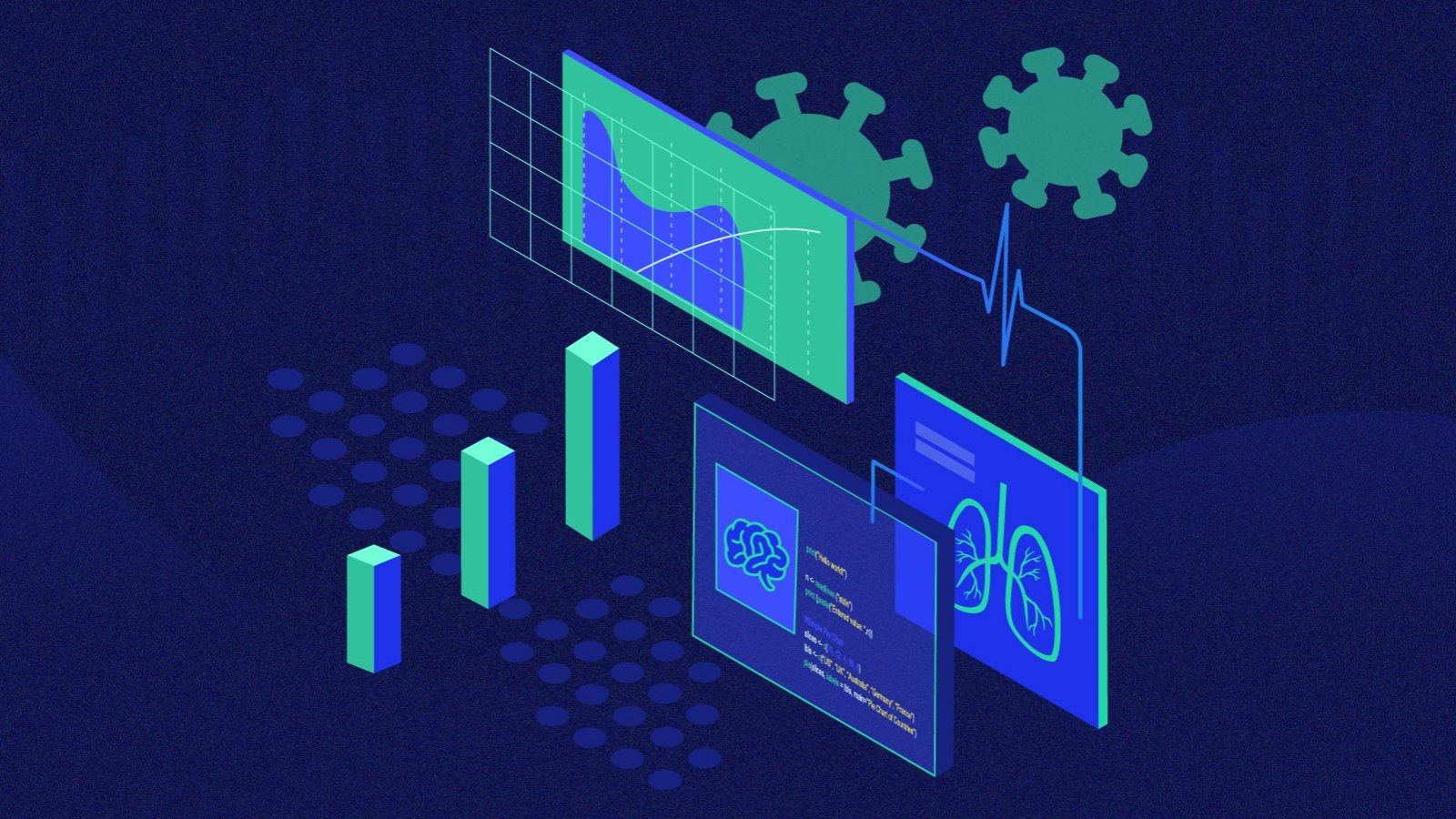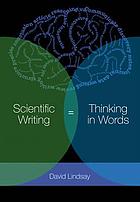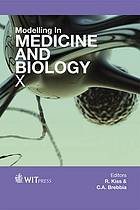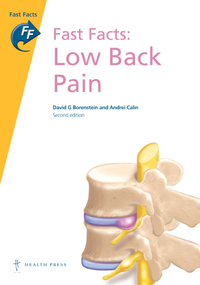Medical Statistics II – Probability and Inference – Stanford Online (CME VIDEOS)
$179 $30
48 MP4 + 49 PDF files , 3.98 GB
After learning how to define the features of a data set in Medical Statistics I, what’s next? Through the use of statistical inference, you can draw conclusions about a population based on a representative sample.
What is contributing to higher rates of COVID-19 in millennials than Gen Z? Why are some ethnic groups predisposed to childhood obesity? What factors are contributing to a higher prevalence of cancer in some regions of the country? By expressing the probability of an event occurring rather than declaring it as a fact, you can address uncertainties and generalize your findings.
- Use statistical inference to make predictions about data using hands-on computer simulations in R or SAS
- Understand the foundations of probability, including basic probability, probability distributions, standard error, confidence intervals, p-values, statistical power, Type I and Type II error, Bayesian statistics, and equivalence testing
- Recognize common statistical misconceptions and errors using real-life examples from medical journals and the popular press
Only logged in customers who have purchased this product may leave a review.
Related products
General Internal Medicine
Scientific Writing = Thinking in Words (Original PDF from Publisher)
PDF , File Size = 1,007.62 KB
PDF , File Size = 2.50 MB
PDF , File Size = 11.80 MB
Medical Dictionary & Terminology
Taber’s Cyclopedic Medical Dictionary (Thumb-indexed Version) 22nd
PDF , File Size = 143.50 MB
PDF , File Size = 9.80 MB
Obstetrics & Gynecology
Placental Adhesive Disorders (Hot Topics in Perinatal Medicine)
PDF , File Size = 7.70 MB
PDF , File Size = 7.20 MB










Reviews
There are no reviews yet.